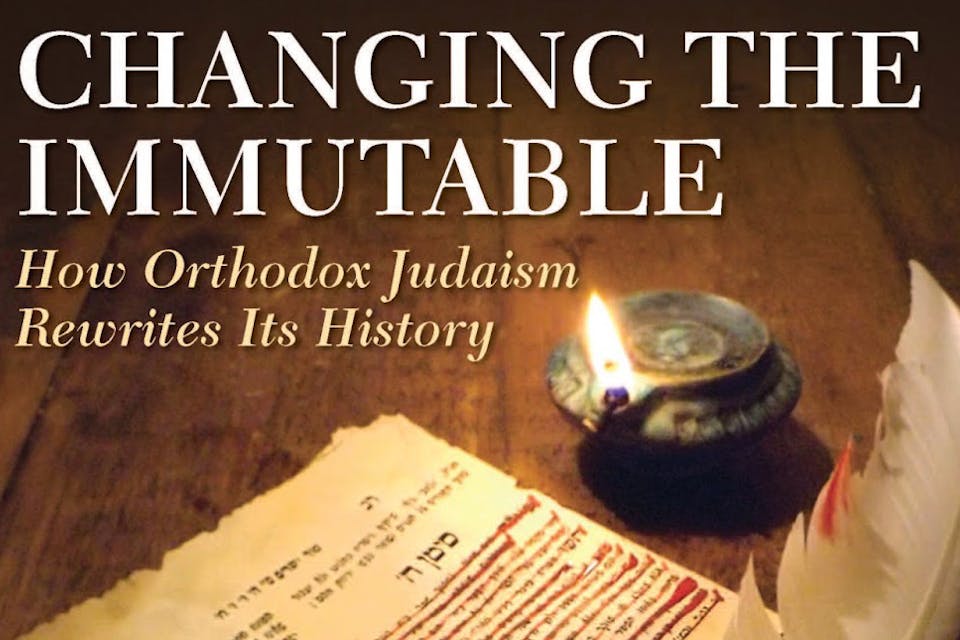
December 14, 2016
Do the Ultra-Orthodox Censor Historical Truth?
A new book explains, and over-explains, why ultra-Orthodox authorities resort to Photoshop.
In 1994, an Israeli ultra-Orthodox publishing house released a volume of writings by a highly respected sage named Rabbi Isaac Kossowsky (1877-1951). Among its contents is a curious piece, titled “A Eulogy for One of the Rabbis,” which never mentions the name of the rabbi in question or any specific markers of his identity. Comparison with other sources makes clear, however, that the deceased was none other than Abraham Isaac Kook (1865-1935), the first Ashkenazi chief rabbi of Palestine and the spiritual and intellectual godfather of religious Zionism.
The omission was no mere oversight. The volume’s editors had deliberately scrubbed any mention of Kook, who is today considered a heretic in ḥaredi circles, along with the names of rabbis associated with him. In other words, the eulogy had been revised to conceal the fact that an upstanding figure like Kossowsky would have praised a figure so discredited in ḥaredi eyes.
The contemporary scholar who made this discovery, Marc Shapiro, had been noticing similar instances of selective editing in other religious texts and took to reporting them on the invaluable blog Seforim (“sacred books”). He has now collected these cases of censorship, as he characterizes them, in Changing the Immutable: How Orthodox Judaism Rewrites Its History. While the case of Kook and Kossowsky typifies those of greatest concern to Shapiro, he also includes an array of phenomena from other eras and circumstances. These include the Talmud’s apparent repression of certain views and anecdotes; the sanitized history found in 21st-century rabbinic hagiographies; the deletion, in venerable texts, of halakhic or theological opinions no longer deemed acceptable; politically “corrected” translations of Hebrew liturgical texts found in Conservative and Reform prayer books; the bowdlerization, in the 1918 Soncino English translation of the Talmud, of sexually explicit passages; the erasure of women from photographs in ḥaredi newspapers; and many more things besides.